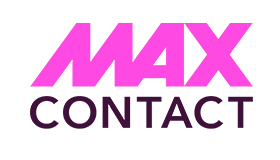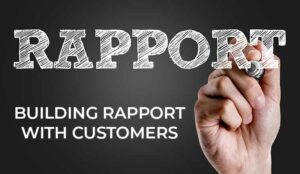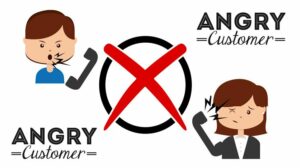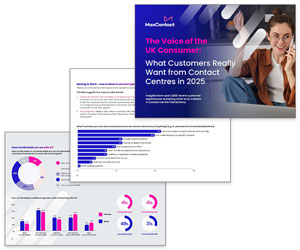Recent research found that 75% of customers will spend more to buy from a company that offers a good customer experience (CX).
Another study found that nearly half of consumers would ditch a brand for a competitor due to poor CX.
We already know that customers who are happy with the experience you provide will spend more with your business, forgive your occasional mistakes and recommend your products and services to others.
In other words, good CX is a huge win for your business. The only question is, how do you know if your customers rate their experience as highly as you hope they do?
Do You Know Your Customers?
The problem is, many customers lie. OK, that’s a bit harsh. They don’t necessarily lie, but they’re sometimes economical with the truth.
You might call it good old British reserve. If we’re unhappy with the service we receive, many of us won’t voice our dissatisfaction, whether to a waitress in a restaurant or to a contact centre agent over the phone.
Instead, we’ll quietly vow never to use that business again, or cancel our service at the first opportunity. Quite often, an organisation will only know that a customer has an issue when it’s too late to do anything about it.
There’s nothing calculated or underhand in any of that. Customers might simply feel uncomfortable bringing up problems during a call (or in front of a restaurant full of people), or might want to avoid a prolonged interaction.
Whatever it is, it’s a huge problem for businesses. If customers won’t be open about their dissatisfaction when they talk to your contact centre, how do your agents remedy the situation and retain their business?
Speech Analytics is Your In-house Lie Detector
One solution to the problem of reticent customers is speech analytics. You’ve probably come across hype around speech analytics before – the technology has been around for nearly two decades. The difference today is that it actually works.
The industry certainly seems to think so. One recent study estimated that the market for speech analytics will grow at a CAGR of 22.14% over the next five years.
It’s popularity is entirely justified. Good speech analytics can pick up clues to customer dissatisfaction even if a customer is less than candid. And by automating the process of scanning mountains of speech data, it identifies lots of other valuable information about agent performance and customer emotion, helping you continually improve CX.
It’s useful in lots of practical, actionable ways. By analysing every conversation your agents have, speech analytics software can help you significantly improve contact centre performance.
For example, it can identify high and low performing agents, and the strengths and weaknesses that differentiate them.
It can help to ensure your contact centre interactions are both compliant and follow agreed company policy around upselling and complaints. It can help you identify training opportunities, and reward high achieving employees.
And perhaps most importantly of all, it can help you spot unsatisfied customers before they jump ship.
Using Speech Analytics to Reduce Customer Churn
How does it do that? Well, for a start, speech analytics can identify meaningful words and phrases that have positive and negative connotations.
Customers don’t have to be outspoken about their view of your service to offer verbal clues as to how they really feel. Speech analytics can detect the subtle messages hidden in otherwise mundane conversations.
A good, modern speech analytics package can determine the emotional character of a passage of speech (for example, is the speaker happy, neutral, frustrated or displeased?), based on both the words spoken and speech characteristics like intonation, pitch, articulation, speech rate and so on.
It can also measure productivity measures like time on hold and periods of silence that not only give clues to agent performance but also point to more or less satisfied customers.
By putting all this together, it can identify key reasons for both customer satisfaction and customer churn. Good speech analytics lets you track and report customer emotion, so you can identify unhappy customers before they walk away.
This blog post has been re-published by kind permission of MaxContact – View the Original Article
For more information about MaxContact - visit the MaxContact Website
Call Centre Helper is not responsible for the content of these guest blog posts. The opinions expressed in this article are those of the author, and do not necessarily reflect those of Call Centre Helper.
Author: MaxContact
Published On: 11th Jun 2021
Read more about - Guest Blogs, MaxContact






 MaxContact is the AI-powered customer engagement software that helps you turn every customer conversation into a high-impact, revenue-driving moment. We empower your teams to connect smarter, perform better, and scale faster – without losing the human touch.
MaxContact is the AI-powered customer engagement software that helps you turn every customer conversation into a high-impact, revenue-driving moment. We empower your teams to connect smarter, perform better, and scale faster – without losing the human touch. 































